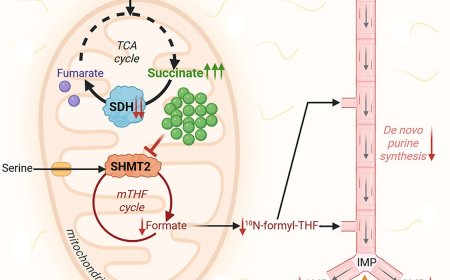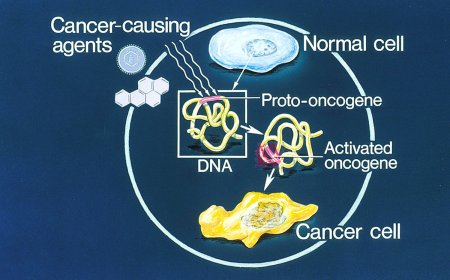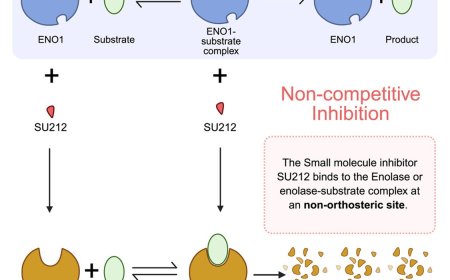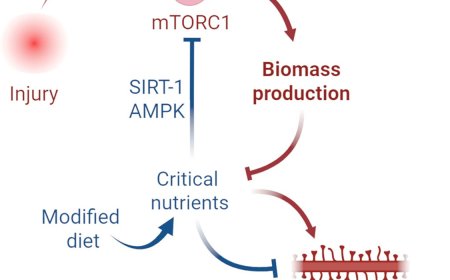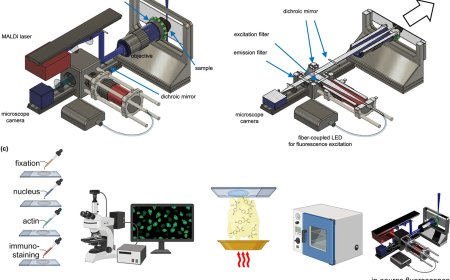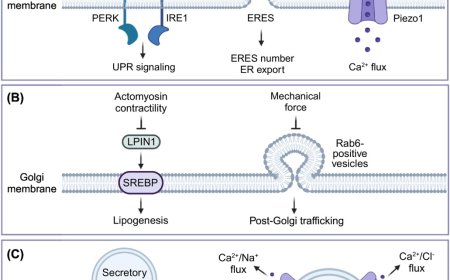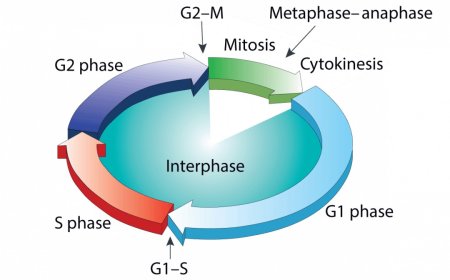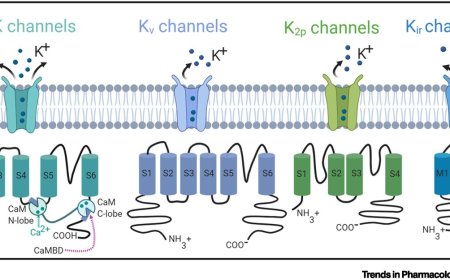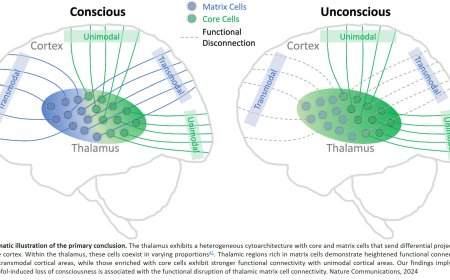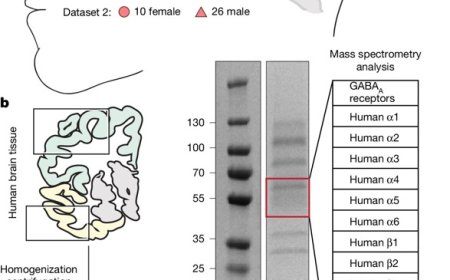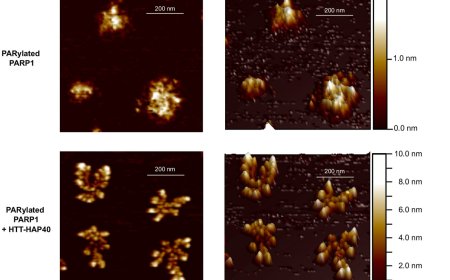Combining genetics and brain mapping to treat epilepsy
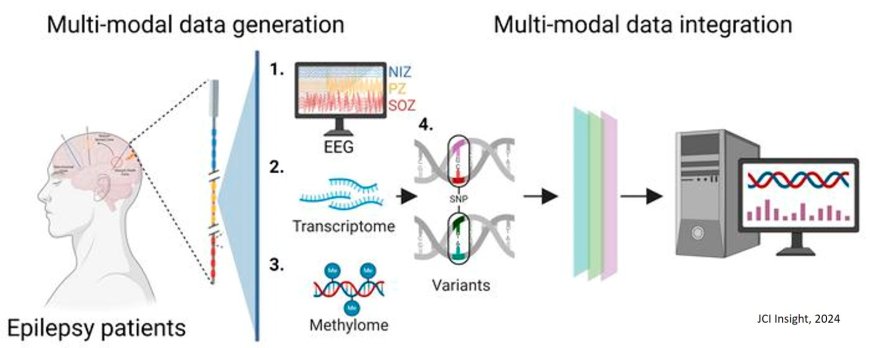
Researchers have developed a new method called MoPEDE, which has the potential to improve epilepsy treatment. The method combines brain measurements with genetic analyses, offering deeper insights into the origins and mechanisms of epileptic seizures.
Epilepsy is a condition that occurs when the brain suddenly sends irregular signals, triggering seizures. Pinpointing the exact regions in the brain where seizures originate is essential for effective patient care. The MoPEDE method uses SEEG electrodes, which not only record the brain’s electrical activity but also collect biological material such as RNA and DNA from affected areas.
We can now extract valuable genetic information from a very small amount of material,” explains the lead author.This data sheds light on why some brain regions trigger seizures while others remain unaffected.
By combining genetic data with detailed brain measurements, the method offers doctors a more precise map of epileptic regions. This is especially beneficial for patients who do not respond to medication or require surgical intervention.
For the first time, we can accurately link specific genetic patterns to epileptic regions in the brain, says another author.
The findings could pave the way for personalised, patient-specific treatments.
In the long term, the method not only has the potential to enhance diagnosis but could also contribute to the development of new treatment approaches tailored to different types of epilepsy.
For the many patients and their families, this means better everyday lives with fewer uncertainties and more effective treatments. Researchers hope MoPEDE will soon be incorporated into clinical practice, helping more individuals achieve greater control over their epilepsy.
